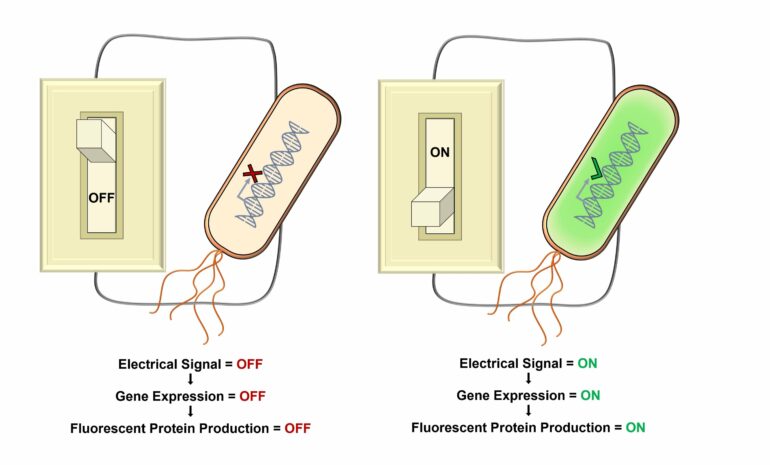Experts from the University of Nottingham have developed a common language to use on trigger and content warnings, after their research found that current warnings do not adequately take account of the needs of the intended audience.
The research also showed that the education sector has the most frequent mentions of warnings relating to violence and sex, whilst audio-visual industries (such as film) were the highest users of warnings about disturbing content.
The study, which is published in PLOS ONE, was a collaboration between experts from the School of Health Science, Department of History, School of Culture, Languages and Area Studies and the School of Psychology at the University of Nottingham, the University of Illinois and a members of the lived Experience Advisory Panel who bring personal experiences of mental health problems.
The work took place as part of the NEON study on online mental health recovery narratives.
Trigger warnings and content warnings are statements at the start of a piece of writing or a video, alerting the reader that it contains potentially distressing material. They are used across a broad range of sectors, including in film and in higher education. They are contentious, and whilst some researchers argue that they can help people to avoid unwanted exposure to distress, others argue that they can hinder the development of resilience.
The aim of this research was to identify a common language for content warnings, and to understand where and how content warnings are used. To do this, the team identified 136 examples of published content warnings systems from 32 countries. They organized the content warnings into fourteen categories. They also identified the sectors in which they were used, and the intended audience.
The final list of categories included violence, sex, stigma, disturbing content, risky behaviors, mental health, crime, and abuse.
Dr. Stefan Rennick-Egglestone, from the School of Health Sciences at the University, and coordinator for the NEON study said “By providing for a common language for content warnings, we hope that our categorization will allow their benefits and disadvantages to be more systematically investigated. We also hope that our research will enable the thoughtful development of content warning systems providing benefits for specific audiences, such as people with experiences of traumatic stress.”
More information:
Typology of content warnings and trigger warnings: Systematic review, PLoS ONE (2022). DOI: 10.1371/journal.pone.0266722
Provided by
University of Nottingham
Citation:
Experts develop a common language for trigger and content warnings (2022, May 4)



